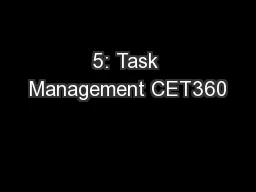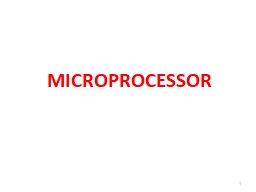PPT-4: Serial I/O CET360 Microprocessor Engineering
Author : danika-pritchard | Published Date : 2018-11-10
J Sumey 2 Introduction serial ie bitatatime interfacing techniques are useful when parallel interfacing limitations become problematic distance limitations due
Presentation Embed Code
Download Presentation
Download Presentation The PPT/PDF document "4: Serial I/O CET360 Microprocessor Engi..." is the property of its rightful owner. Permission is granted to download and print the materials on this website for personal, non-commercial use only, and to display it on your personal computer provided you do not modify the materials and that you retain all copyright notices contained in the materials. By downloading content from our website, you accept the terms of this agreement.
4: Serial I/O CET360 Microprocessor Engineering: Transcript
Download Rules Of Document
"4: Serial I/O CET360 Microprocessor Engineering"The content belongs to its owner. You may download and print it for personal use, without modification, and keep all copyright notices. By downloading, you agree to these terms.
Related Documents

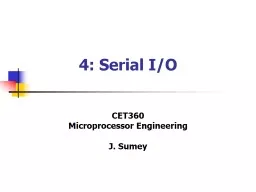
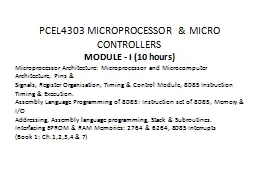
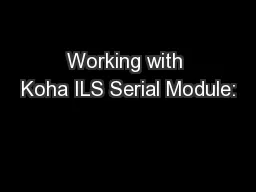
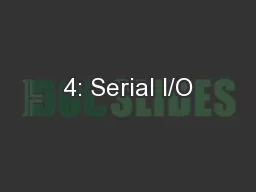

![[ Rhythm Reloaded ]](https://thumbs.docslides.com/619786/rhythm-reloaded-1118133.jpg)




